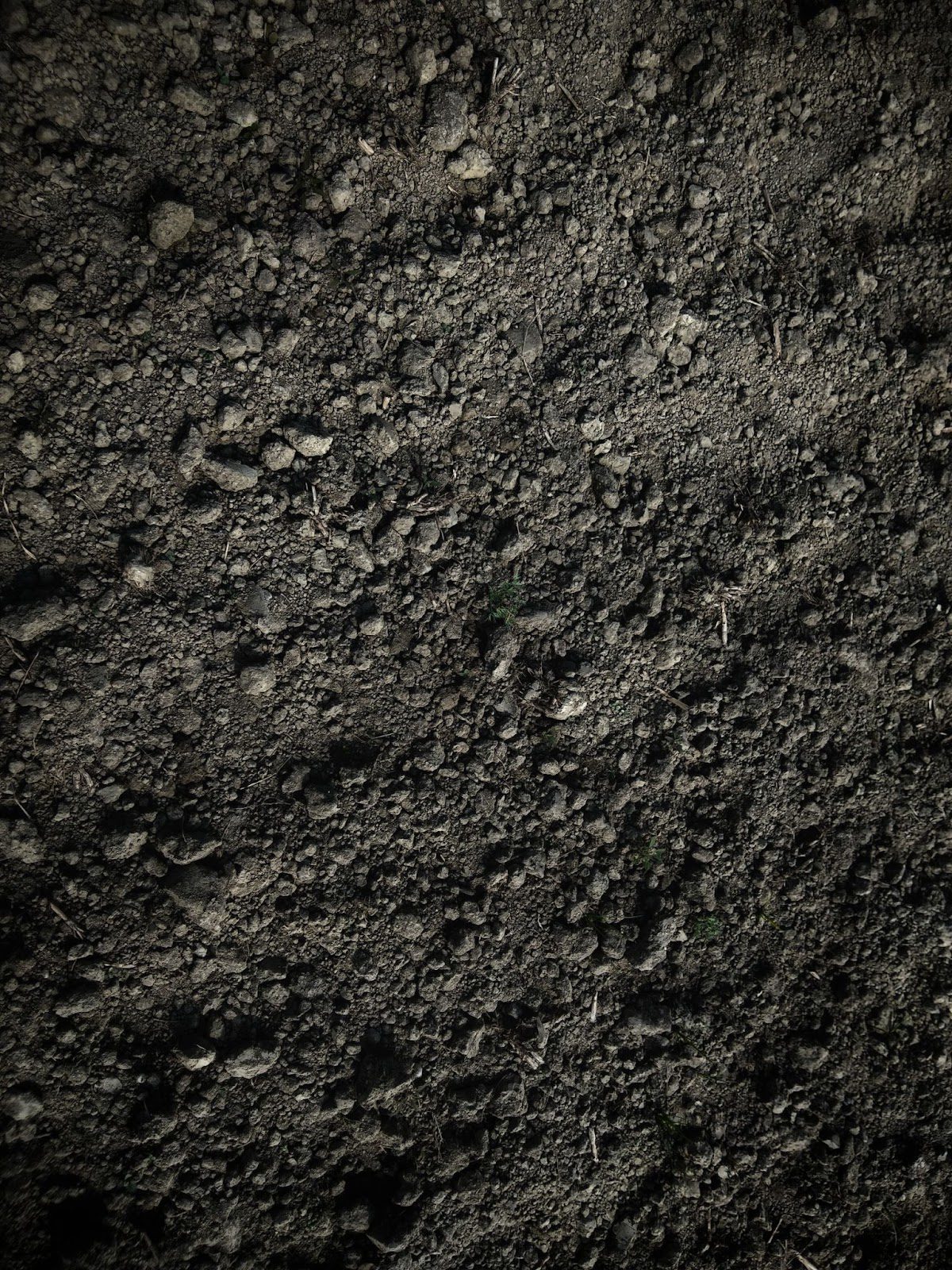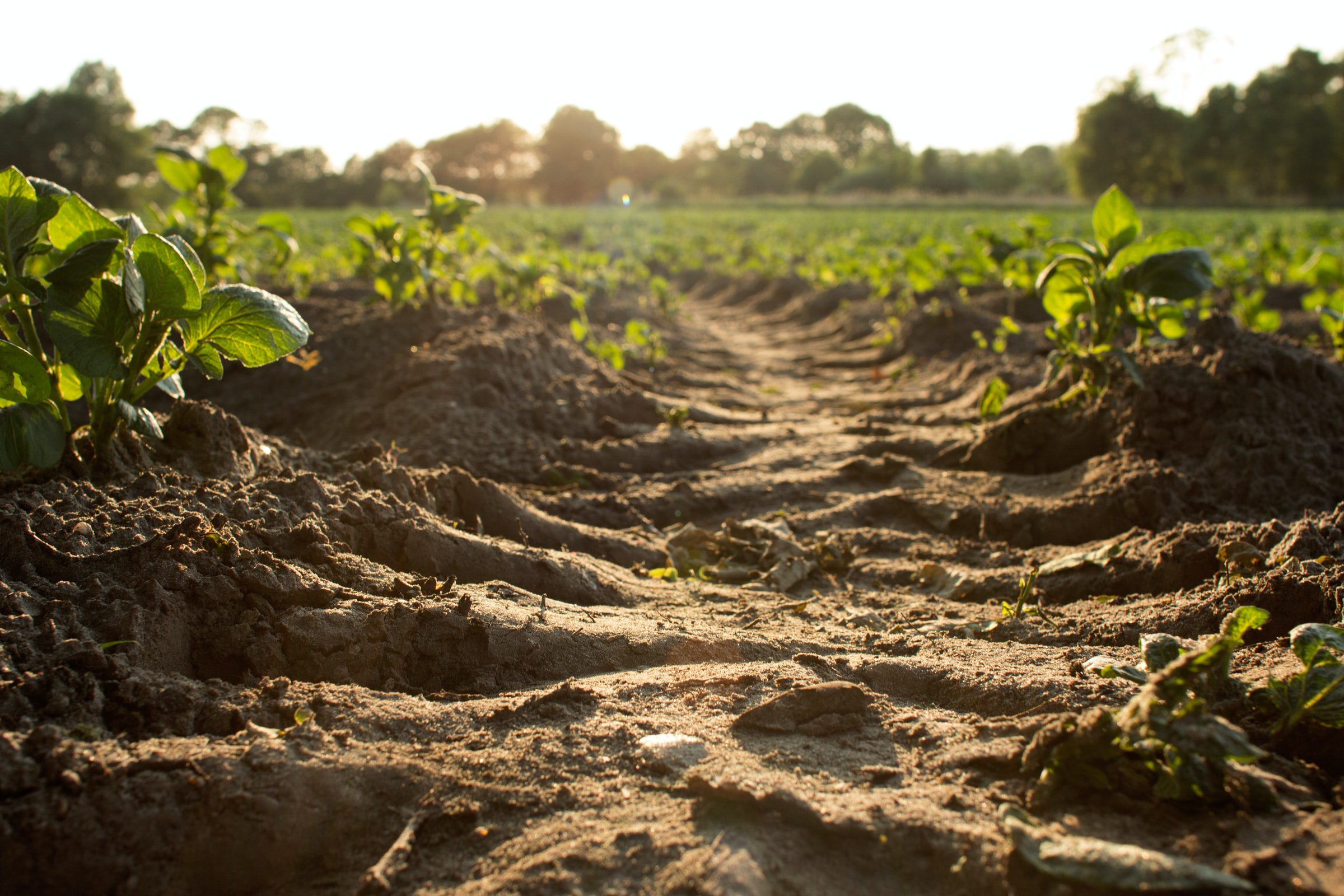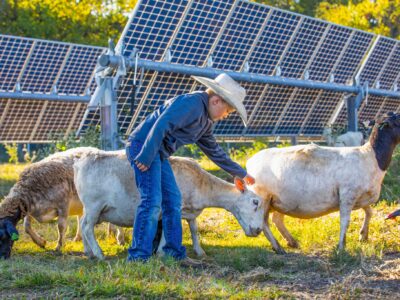Results from a recent NASA study on how climate change impacts agriculture were so alarming they even took the researchers by surprise. Using advanced climate and agricultural models, NASA scientists found that yields of maize (corn) are projected to decline 24% by 2030, while wheat yields are expected to increase 17%.

The changes are due to projected increases in temperature, shifts in rainfall patterns, and elevated surface carbon dioxide concentrations from human-caused greenhouse gas emissions. It would be more difficult to grow maize in hotter climates, while wheat could be grown in climates it never could before. According to a NASA article, researchers “did not expect to see such a fundamental shift” compared to crop yield projections conducted only seven years earlier.
“A 20% (maize) decrease from current production levels could have severe implications worldwide,” said lead author Jonas Jägermeyr, a crop modeler and climate scientist at NASA’s Goddard Institute for Space Studies (GISS) and The Earth Institute at Columbia University in New York City.
The study underscored the urgency of addressing the changing climate before its impact on the world’s food supply becomes irreversible. NASA is taking action by collaborating on an initiative to give farmers and agriculture experts data to help conserve resources and improve crop yields. The partnership, announced last year, will combine the resources of CropX and NASA Harvest, the space agency’s food security and agriculture program.
CropX, founded in 2015, sells cloud-based software designed to boost crop yields by focusing on saving water and energy. The company is headquartered in Israel and has offices in San Francisco, Australia, and New Zealand.
NASA Harvest, led by researchers at the University of Maryland, aims to enable and advance the adoption of satellite Earth observations to improve the world’s food security and advance sustainable agriculture.
The hope is that by combining CropX’s soil data monitoring technology with NASA’s network of Earth-observing satellites the partnership will deliver important insights that can help governments and farmers worldwide increase production while also operating more sustainably.

“Soil health and nutrient management is at the very root of food security and sustainable agriculture concerns – an accurate understanding of what is actually happening underneath the ground is essential,” CropX Chief Technology Officer Nadav Liebermann said. “Our partnership with NASA Harvest will deliver valuable agronomic insights by connecting critical data at different depths underground and from an expansive network of satellites in space.”
Both organizations bring a lot to the table in terms of experience and expertise. CropX’s first commercial product – a proprietary soil-sensor platform launched in 2017 – automatically generates an adaptive, variable-rate irrigation prescription that considers the changing conditions of soil and weather and constantly adapts to specific crop needs and growth stages.
NASA Harvest focuses on three main areas: agricultural land use, agricultural productivity, and agricultural sustainability. Its sustainability work includes researching land use changes in Thailand and its consequential effects on biomass emissions, soil quality, and rural livelihoods. Products developed under this project will be used to inform regional land use and management planning to reduce biomass emissions, meet agricultural production demand, and influence the economic well-being of rural communities.
NASA has used CropX solutions on alfalfa farms controlled by IAF Investments Group in Arizona. The year-long pilot program will test and fine-tune algorithms designed to become the foundation of nationwide and then global agriculture insights. The long-term goal is to define the parameters for water use estimates, yield prediction, soil quality, and land use assessments based on multiple crop cycles.
In many respects, the stakes couldn’t be higher.
“We are in a constant race to produce and supply enough food to feed a rapidly growing global population, with finite land and natural resources,” said NASA Harvest Program Director Inbal Becker-Reshef. “CropX unites our space-led vision with on-farm intelligence and results.”





